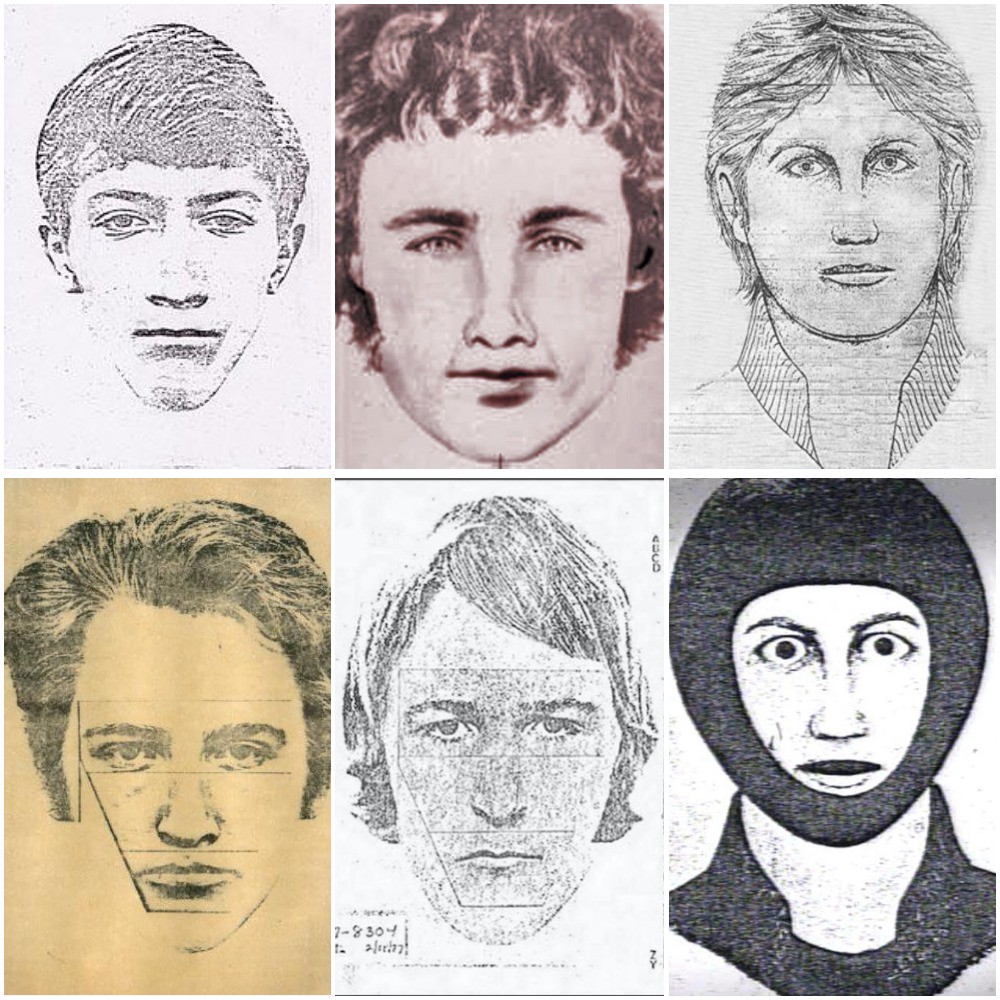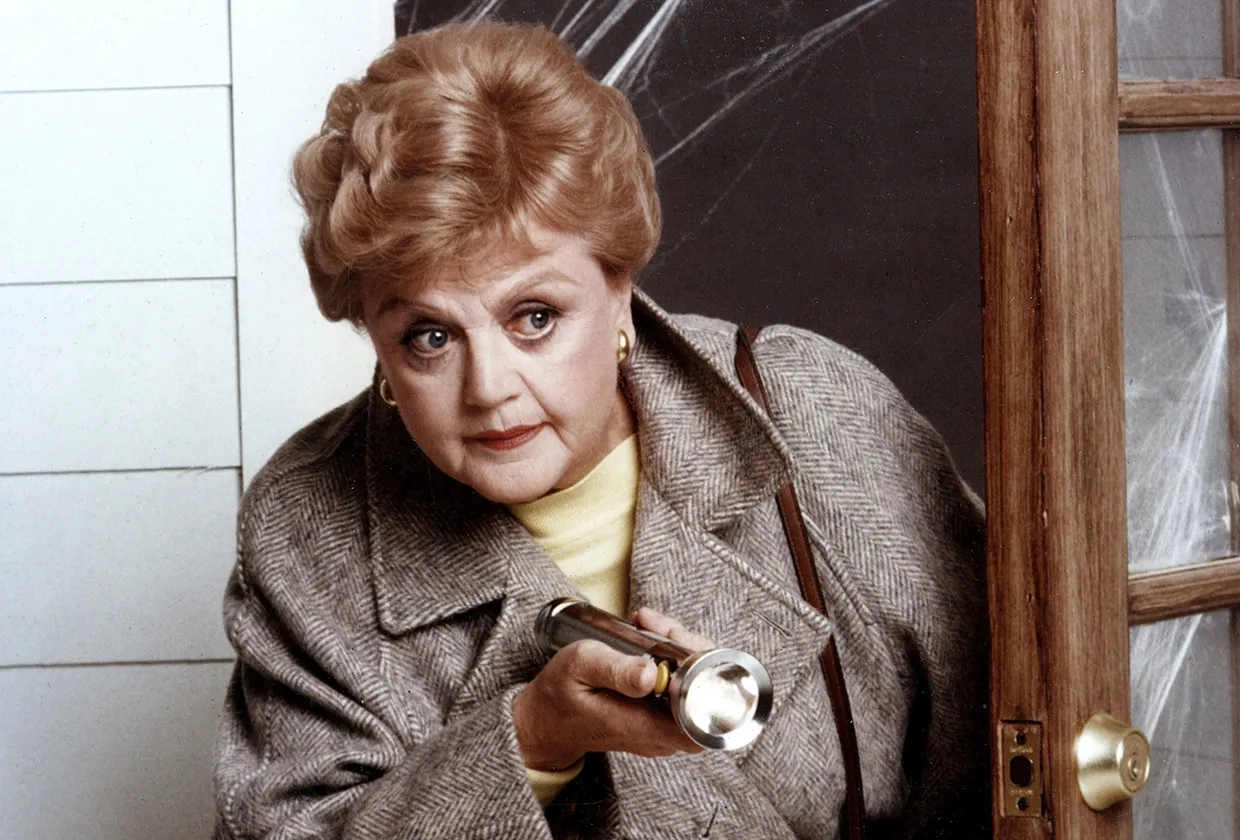news
The Book That Helped Crack a Decades-Old Murder Case
Michelle McNamara’s “I’ll Be Gone in the Dark” rekindled interest in the Golden State Serial Killer, and now a suspect is in custody

Yesterday, police in California announced that they finally have a suspect for the Golden State Killer, responsible for at least 12 deaths and 45 rapes in California in the ‘70s and ’80s. (He was also known as the East Area Rapist and the Original Night Stalker, among other vaguely literary sobriquets.) Former police officer Joseph James DeAngelo, 72, who has been living in the Sacramento area, is now in custody. This is obviously a (belated) success for law enforcement and a relief for the families of the Golden State Killer’s victims, but it’s also an exciting vindication for lovers of mystery novels and true crime. Because in this case, justice was served, in part, by a book.

Michelle McNamara’s I’ll Be Gone in the Dark, published in February of this year, is an accumulation of the author’s exhaustive research and work with investigators on the case. McNamara, who became obsessed with the case and spent years gathering research and other investigative materials, died suddenly at the age of 46 before the book was finished. Her husband, the comedian Patton Oswalt, worked with the investigative journalist Paul Haynes to take the 3,500 files left on McNamara’s computer and deliver them for publication. As reported in The New York Times, Oswalt was determined to make sure the book was published: “Knowing how horrible this guy was, there was this feeling of, you’re not going to silence another victim. Michelle died, but her testimony is going to get out there.”
I’ll Be Gone in the Dark didn’t catch the Golden State Killer; DeAngelo wasn’t even on the radar of McNamara or the myriad other armchair sleuths fascinated with the decades-old crimes. McNamara’s lead researcher Paul Haynes told Slate that he frankly had no idea what evidence law enforcement used to crack the case, although he said it was “the No. 1 thing I want to know.” But publicity surrounding the book may have rekindled both public and police interest in the unsolved crimes, and helped light a fire under a string of murders that had long gone cold.

Oswalt tweeted on Wednesday morning that he hoped to visit the suspect, if only to ask the unanswered questions McNamara left behind at the time of her death. McNamara posed some of those questions herself in her direct address to the serial killer, which appears at the end of the book. While there were many things McNamara didn’t know, she was firm on the fact that the Golden State Killer would be found, and the police would show up at his door. “This is how it ends for you,” she wrote.
MichelleMcNamara's haunting words for the #GoldenStateKiller my God she's amazing #IllBeGoneInTheDark
And thanks in part to McNamara and her posthumous collaborators, that’s just how it did end. Not with a bang, but with a book.










